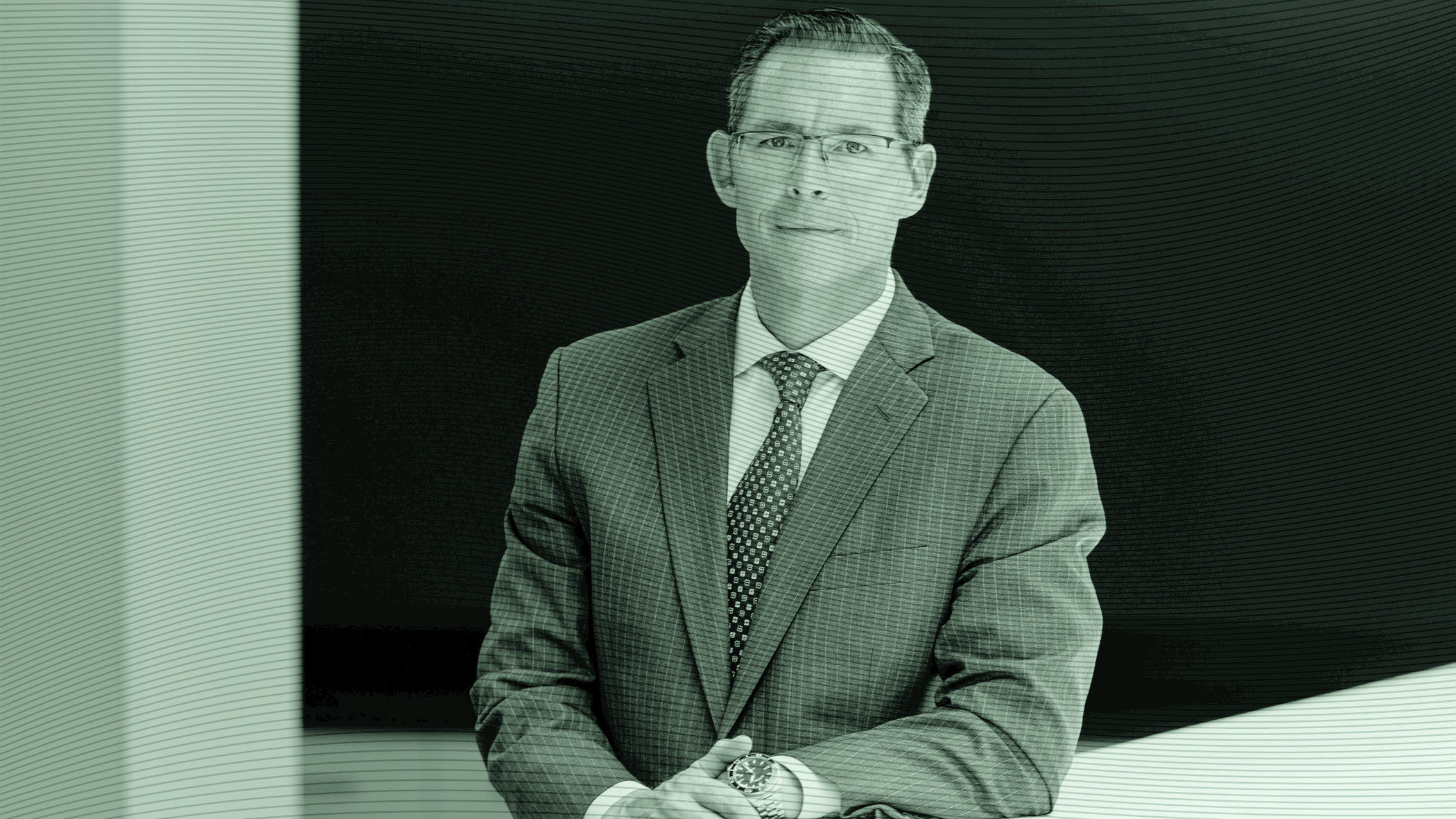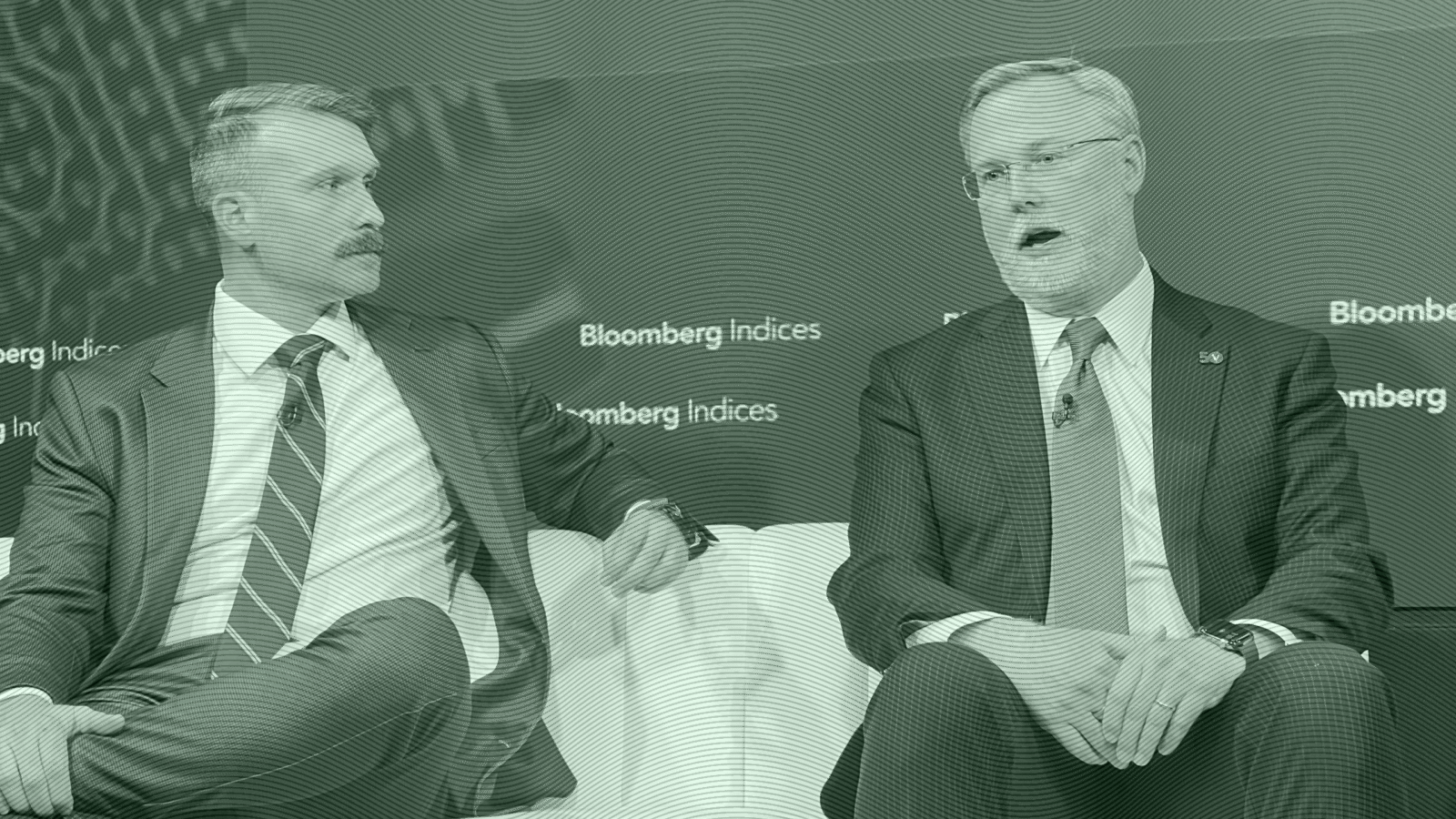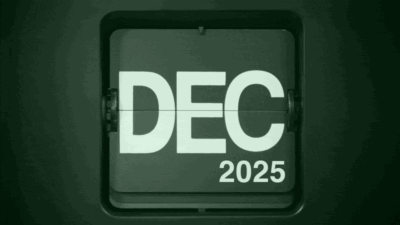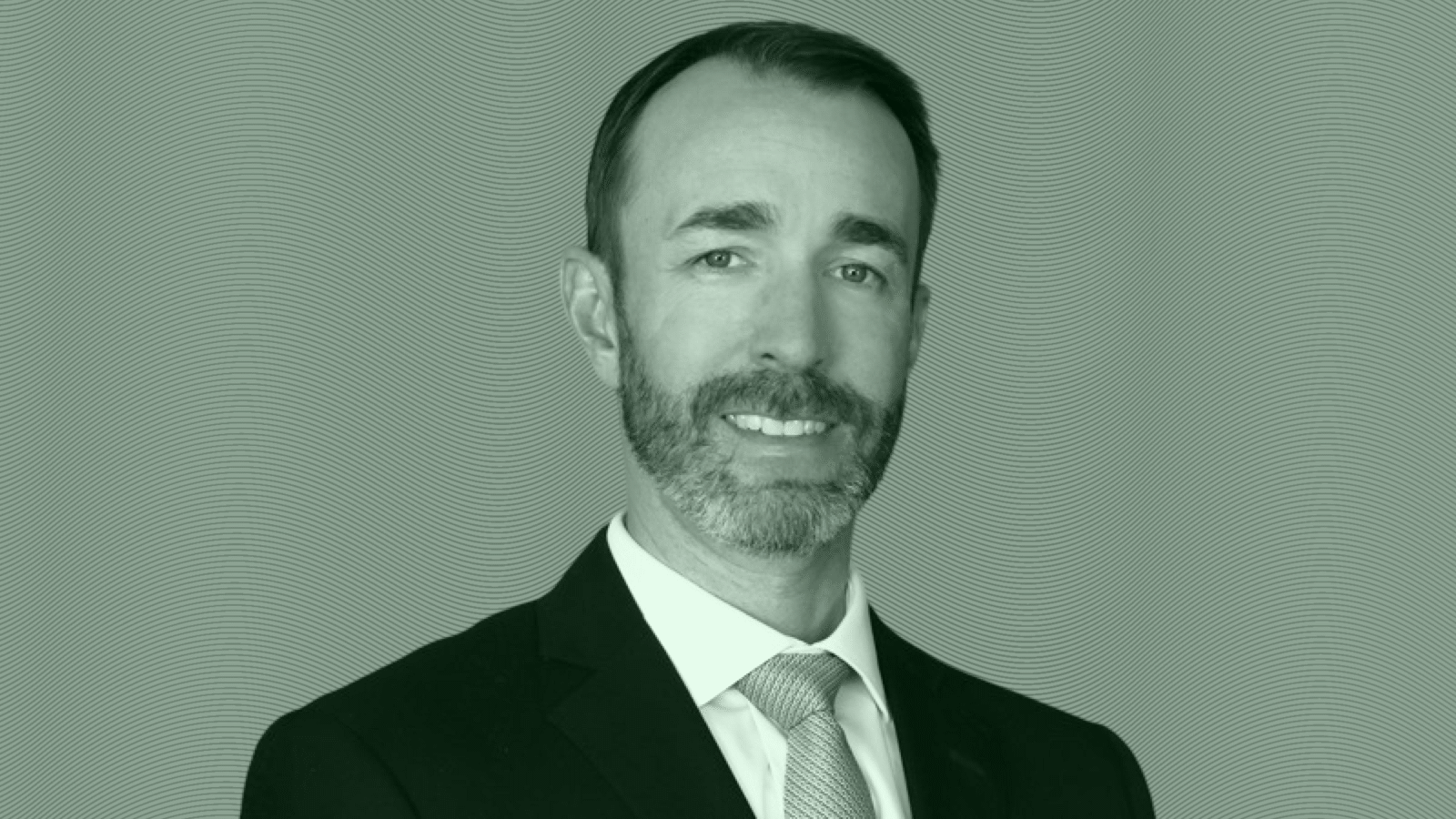Vanguard’s Joe Davis on AI and the ‘Second Half of the Chessboard’
While predicting the future of the global economy is anybody’s guess, today’s normal is unlikely to continue.

Sign up for market insights, wealth management practice essentials and industry updates.
Vanguard’s top economist Joe Davis isn’t trying to alarm you. His latest forecast, on the other hand, should.
The company’s global head of investment strategy looked at the megatrends, ran the numbers, and found the status quo — namely, that interest rates and global GDP both come in at about 2% annually over the next decade — is in for major upheaval. That’s because of the massive global debt levels that could lead to higher interest rates and lower growth. The research found an 80% chance that bond yields will top 7% if deficits continue to rise. The good news is that an AI-driven productivity boom could supercharge the global economy and push through those debt headwinds. The outcome could all hinge on just how revolutionary artificial intelligence technologies ultimately become, and whether or not governments can rein in out-of-control spending.
“We’re saying that the Federal Reserve’s forecast has a 20% probability of being correct,” Davis told Advisor Upside. “I can’t think of a bolder economic assessment in the asset management industry.” While the future of the global economy is anybody’s guess, Davis is confident that today’s normal is unlikely to continue. “I wish I had a higher probability in one scenario or the other,” he said. “It would be much more convenient.”
We sat down with Davis to talk about financial markets, economics and how advisors can stay on top of a changing financial future.
Advisor Upside: What shocked you most about the new research?
Joe Davis: The research is saying there is a greater than 80% probability that we will have a material change in the economy — and in the financial markets — over the next three to five years. Over 80%. And, we were not looking to find this. It just comes across from the push and pull of technology on one side, what I’m simply calling AI, and then deficits that come with aging demographics. We did not see that coming.
But, AI better be transformational because, if not, we’re going to have high interest rates and bond vigilantes. If you don’t believe me, we caught a small glimpse of that future in April. But by the year 2030, we will have to start to enforce more discipline. It’s not on our doorstep today, but if you are an advisor, I would respectfully say: How can you start thinking about that from an asset allocation perspective and given our probabilities? Ironically, it’s actually overweighting high-quality fixed income. That’s the irony — [it’s] not gold and crypto. You have to believe in a lot of other things before it takes you down that path.
So, how should advisors approach the upcoming AI boom?
There are two phases of a technology cycle. The first one is the production of the technology, and loosely, the producers do really well. By the way, then, there’s a massive amount of new entrants that erode the ROI of the incumbents — doesn’t mean they all go out of business — but some of them do. Guess what? Next, you start seeing the technology consumption. Here’s a little factoid: When electricity spread in the 1920s and ‘30s, what were some of the best performing stocks? Ford and General Motors. Because they used electricity to power the assembly line. They consumed electricity. Even in the ‘90s, Amazon came in, and they’re using the internet, but they didn’t produce it.
I’m not saying sell technology, but as advisors, you have to start thinking about clients who have amassed significant wealth in the Mag 7 and that’s driven a lot of the equity return. You can either de-risk, going forward, because you think AI is overrated. That’s easy, move into fixed income, for sure. Or you can say: No, I’m just as bullish as before. But, now you can start thinking about: OK, what’s the second half of the chessboard?
What else should advisors keep in mind?
Structurally overweight value stocks, even if you’re extremely bullish on technology. Value stocks outperform growth stocks by roughly three or four percentage points per year. I don’t know about next year; AI can keep running. But, there’s a second half of the technology cycle. We’re still in the first phase. I wish I knew the timing of it: I’d be retiring, but I’m still a working man. And you know, that’s a cool thing.
Another way to say it is that there’s 80% odds, which means the non-consensus scenario, [of a change to the global outlook]. Here’s another way to think about it: We are effectively saying there’s over 80% odds that US exceptionalism ends.











